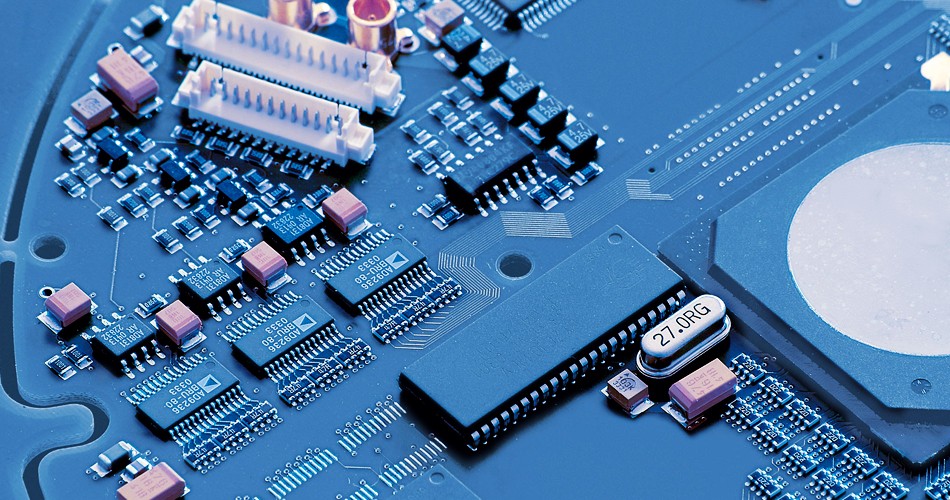- English
- Español
- Português
- русский
- Français
- 日本語
- Deutsch
- tiếng Việt
- Italiano
- Nederlands
- ภาษาไทย
- Polski
- 한국어
- Svenska
- magyar
- Malay
- বাংলা ভাষার
- Dansk
- Suomi
- हिन्दी
- Pilipino
- Türkçe
- Gaeilge
- العربية
- Indonesia
- Norsk
- تمل
- český
- ελληνικά
- український
- Javanese
- فارسی
- தமிழ்
- తెలుగు
- नेपाली
- Burmese
- български
- ລາວ
- Latine
- Қазақша
- Euskal
- Azərbaycan
- Slovenský jazyk
- Македонски
- Lietuvos
- Eesti Keel
- Română
- Slovenski
- मराठी
- Srpski језик
Common defects in PCBA assembly and their solutions
During the PCBA assembly process, various common defects may occur. Here are some common PCBA assembly defects and possible solutions:

Soldering short circuit:
Defect description: Unnecessary connections appear between solder joints, resulting in short circuits.
Solution: Check whether the solder joints are properly coated with solder paste, and ensure that the positioning and amount of solder paste are correct. Use appropriate soldering tools and tools to control the soldering process during PCBA assembly.
Soldering open circuit:
Defect description: The solder joints are not successfully connected, resulting in an electrical open circuit.
Solution: Check whether there is enough solder in the solder joints and ensure that the solder paste is evenly distributed. Adjust the soldering time and temperature to ensure sufficient soldering.
Component offset:
Defect description: The components are shifted or tilted during the soldering process, resulting in inaccurate soldering.
Solution: Ensure the precise positioning and fixation of components, and use appropriate fixtures or automated equipment to control the component position. Calibrate the soldering machine to ensure accuracy.
Solder bubble:
Defect description: Bubbles appear in the solder joints, affecting the reliability of soldering.
Solution: Ensure that the solder and components are not affected by moisture during the soldering process. Control the soldering temperature and humidity to reduce the formation of bubbles.
Poor soldering:
Defect description: The solder joint has a poor appearance, which may have cracks, holes or loose solder joints.
Solution: Check the quality and freshness of the solder paste and ensure that the storage conditions meet the requirements. Adjust the soldering parameters to obtain better soldering results. Perform visual inspection and X-ray inspection to find hidden problems.
Missing components:
Defect description: Some components are missing on the PCBA, resulting in an incomplete circuit.
Solution: Implement strict component inspection and counting procedures during PCBA assembly. Use automated equipment to reduce human errors. Use a traceability system to track the location and status of components.
Unstable soldering:
Defect description: The solder joint may be weak and easy to break.
Solution: Use the correct solder and solder paste to ensure the structural strength of the solder joint. Perform mechanical testing to verify the stability of the soldering.
Excessive solder:
Defect description: There is too much solder on the solder joint, which may cause a short circuit or unstable connection.
Solution: Adjust the amount of solder paste to ensure even distribution and avoid excess. Control the soldering parameters to reduce solder overflow.
These are some of the common defects in PCBA assembly and their solutions. To ensure high-quality PCBA assembly, it is important to implement strict quality control and inspection procedures while continuously improving soldering processes and techniques. Regular training and maintaining employee skills are also key factors in ensuring quality.
Send Inquiry
-
Delivery Service






-
Payment Options









